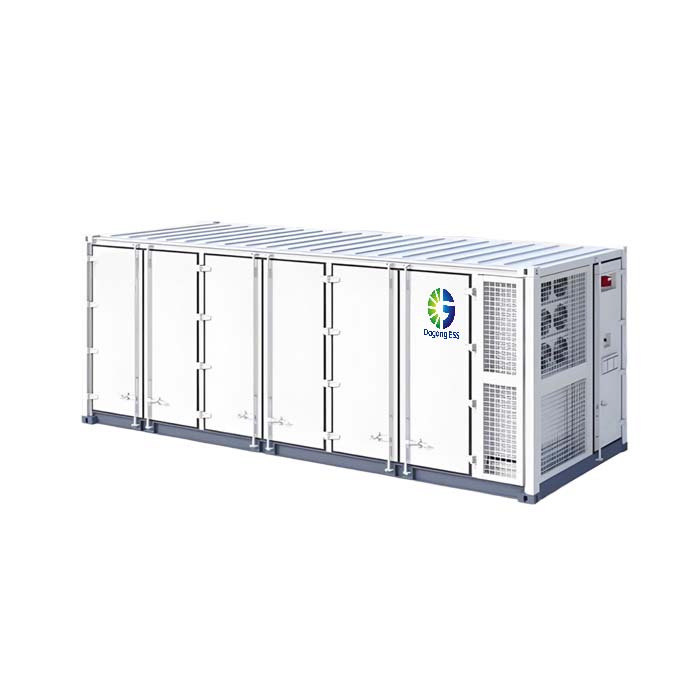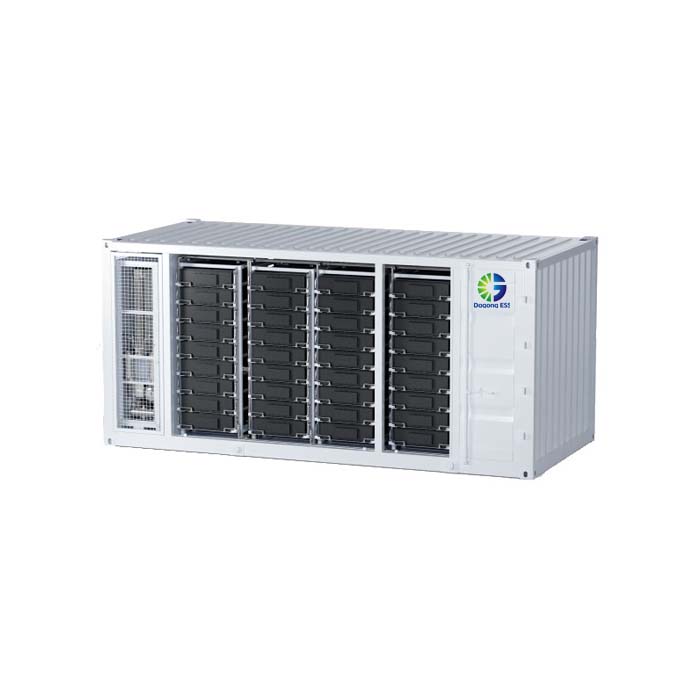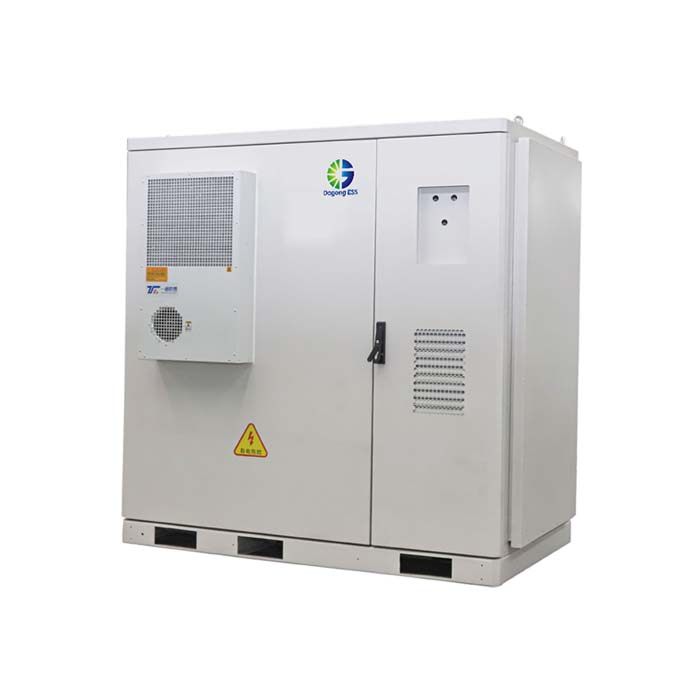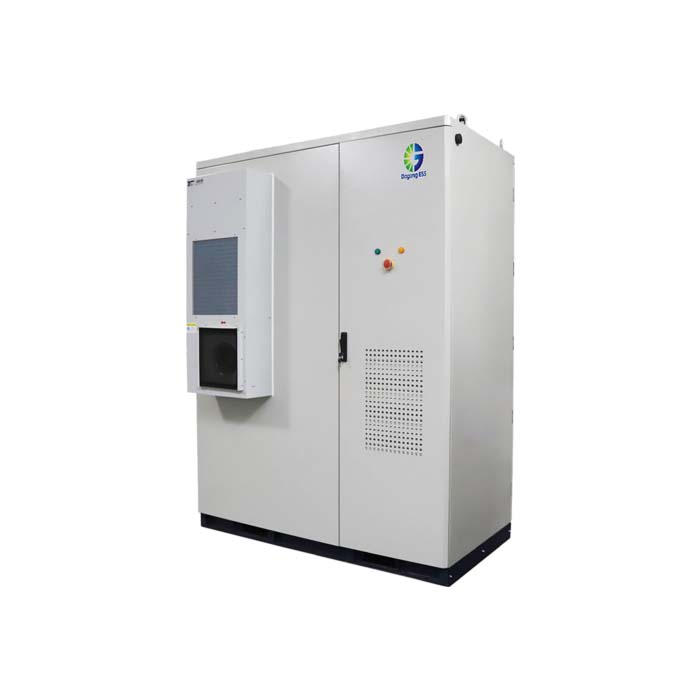Virtual Power Plants (VPP) and AI Dispatch Systems
What is a Virtual Power Plant (VPP)?
A Virtual Power Plant (VPP) is a decentralized network of distributed energy resources (DERs)—such as energy storage systems, solar PV, wind turbines, and electric vehicles—aggregated and managed through a centralized AI-based platform. The goal of a VPP is to optimize energy production, storage, and consumption, enabling more efficient participation in electricity markets and improving grid stability.
Types of VPPs
Commercial & Industrial VPPs – Aggregates on-site ESS, rooftop PV, and flexible loads for factories and commercial buildings.
Residential VPPs – Connects thousands of home batteries and PV systems to form a flexible energy pool.
Mixed Asset VPPs – Combines residential, industrial, and utility-scale assets with advanced AI dispatch for maximum market response.
VPPs with EV Integration – Integrates electric vehicles (V2G) for dynamic grid support and smart charging.
Features of VPP + AI Dispatch System
Multi-Site ESS Unified Control – Manage multiple battery energy storage systems across locations through one AI platform.
AI-Based Load Forecasting – Predicts energy consumption patterns and generation trends with high accuracy.
Real-Time Optimization – Balances grid supply/demand based on price signals and DER availability.
Participation in Electricity Markets – Enables DERs to trade energy and provide ancillary services.
Automated Scheduling – Reduces manual intervention by using machine learning for self-optimization.
Applications of VPPs
Renewable Energy Integration – Smooths out variability from solar and wind power.
Grid Balancing and Frequency Regulation – Provides fast-response capacity to support grid operations.
Peak Shaving and Demand Response – Reduces demand charges and enhances energy efficiency.
Energy Trading – Allows asset owners to earn revenue through spot market participation.
Smart Campus or Industrial Parks – Centralized control of ESS, PV, HVAC, and EV chargers.
Price of VPP Systems
The cost of a Virtual Power Plant (VPP) system can vary significantly depending on a range of factors, including the project scale, the number and type of distributed energy resources (DERs), the complexity of AI algorithms, the level of market integration, and the required control infrastructure. Customization, software licensing, communication protocols, and cloud hosting options also influence the final investment.
Pricing is typically quoted based on international trade terms such as EXW (Ex Works), FOB, or CIF, depending on project location and logistics preferences. For an accurate quotation tailored to your specific needs, it is recommended to consult with the supplier directly.
How to Select a VPP System for Your Project?
Assess DER Assets – Inventory your existing storage, solar, and flexible loads.
Define Objectives – Grid services, cost reduction, trading revenue, or emissions control?
Evaluate AI Capability – Look for proven load forecasting and optimization performance.
Check Market Access – Ensure the system can connect with your local power trading platform.
Scalability – Choose a system that grows with your DER assets.
Cybersecurity & Compliance – Ensure the platform complies with international security standards.
How Long Does a VPP System Last?
A well-designed VPP software platform can operate for 10–15 years with regular updates and cloud-based maintenance. Hardware components (e.g., edge controllers or EMS units) typically last 5–10 years and can be upgraded as needed.
The Supplier of VPP and AI Energy Solutions
Dagong ESS is a trusted provider of high-performance energy storage systems and smart energy solutions. With expertise in:
Multi-site C&I ESS Cabinets (100–215kWh)
AI-Enabled Energy Management Platforms
VPP Integration with Load Forecasting & Market Access
Customized Solutions for Global Standards
Contact us at sales@dagongess.com to learn how we can help your energy project enter the age of AI and virtual power plants.








